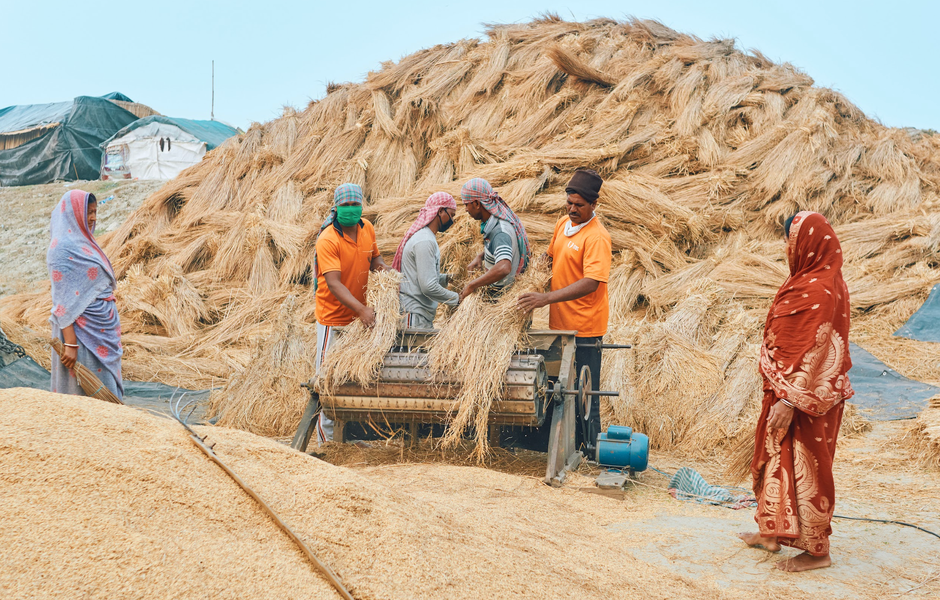Now that your product is ready to be shipped, let’s address the elephant in the room. How would we keep the Price of these construction materials competitive in our free market? If you’ve figured this out, drop us an email! Jokes apart, if the costs of inputs, rural processing, and logistics still leave room for a healthy margin AND manage to be competitive with the average construction materials in terms of pricing and quality, you’re REALLY onto something here.
Construction materials account for 11% of carbon dioxide emissions. Agriculture stands at 10%, and repurposing agrowaste as inputs in materials provides an opportunity for circularity. With strong tailwinds from the construction industry to adopt sustainable building materials, cracking this tough nut would hit that nail on the head or separate the wheat from the chaff.

